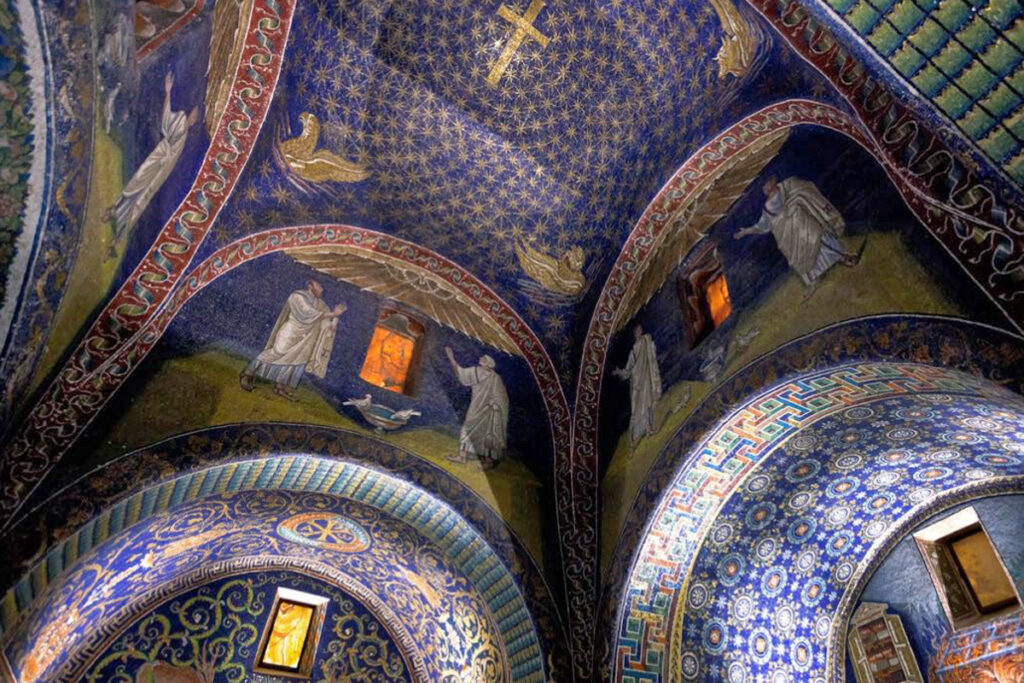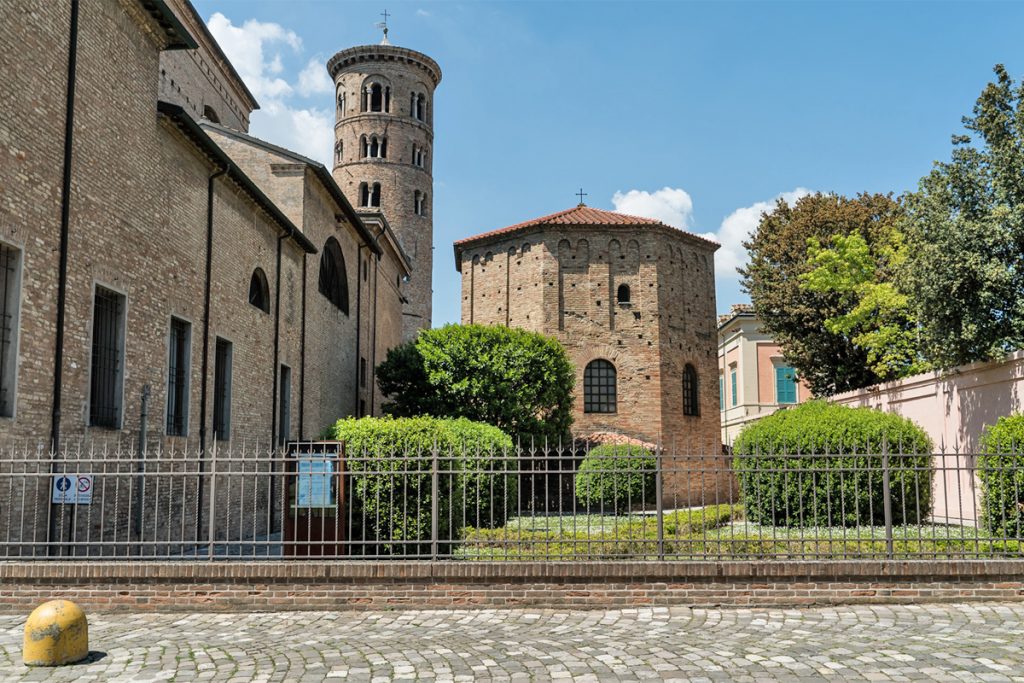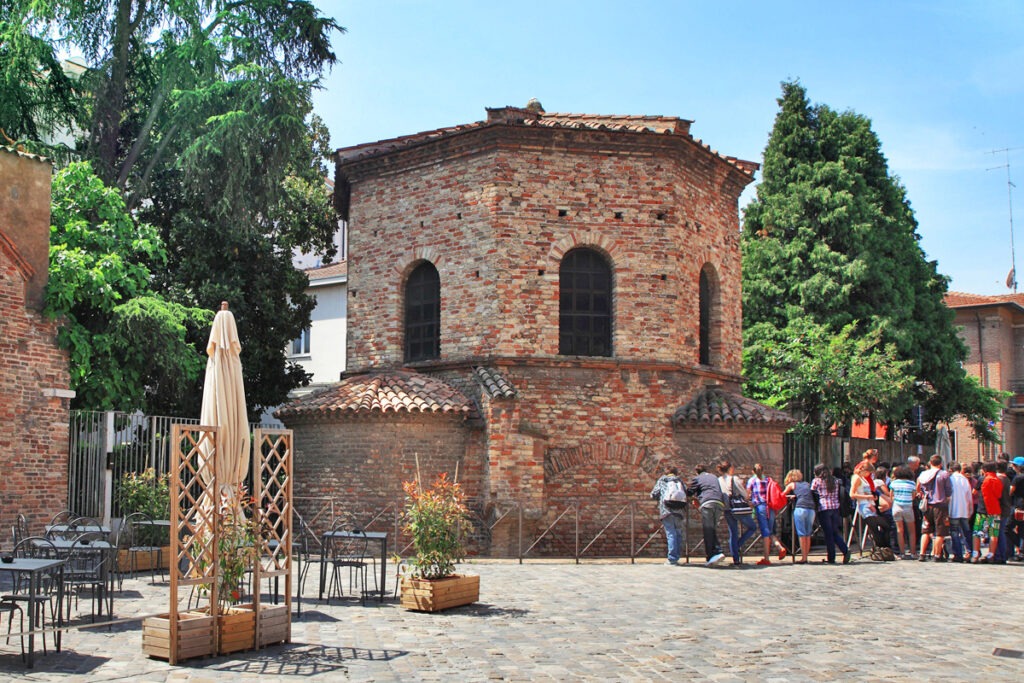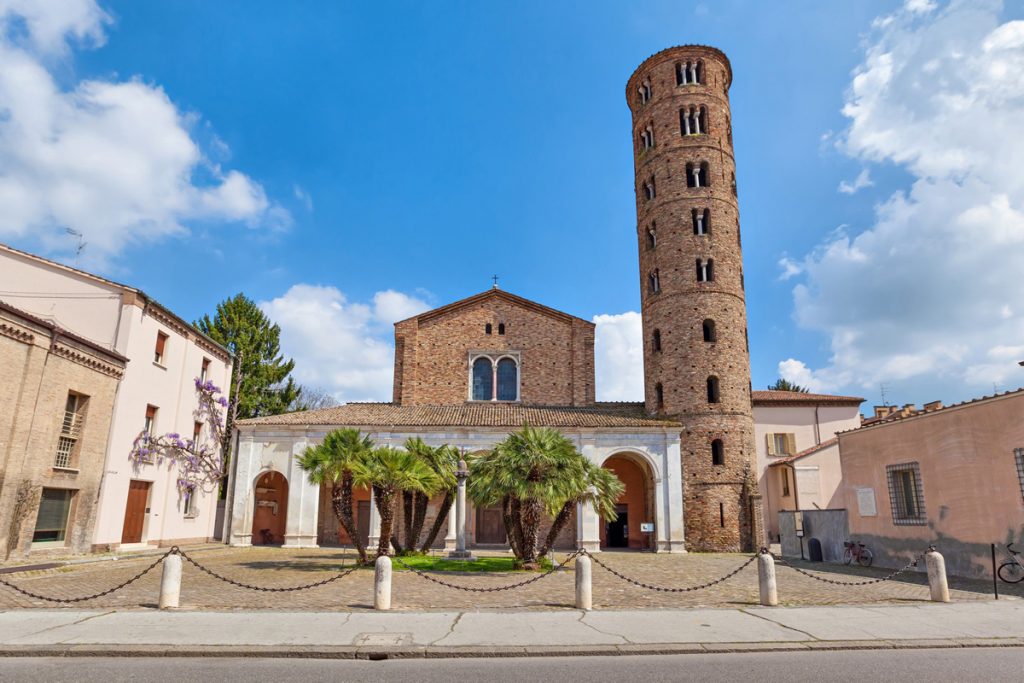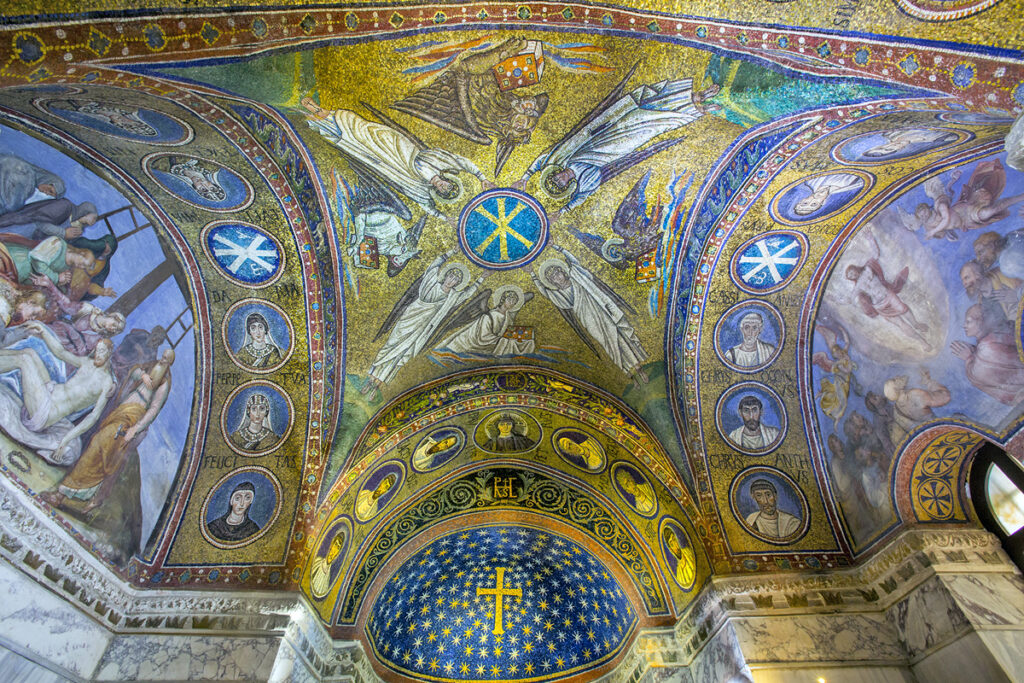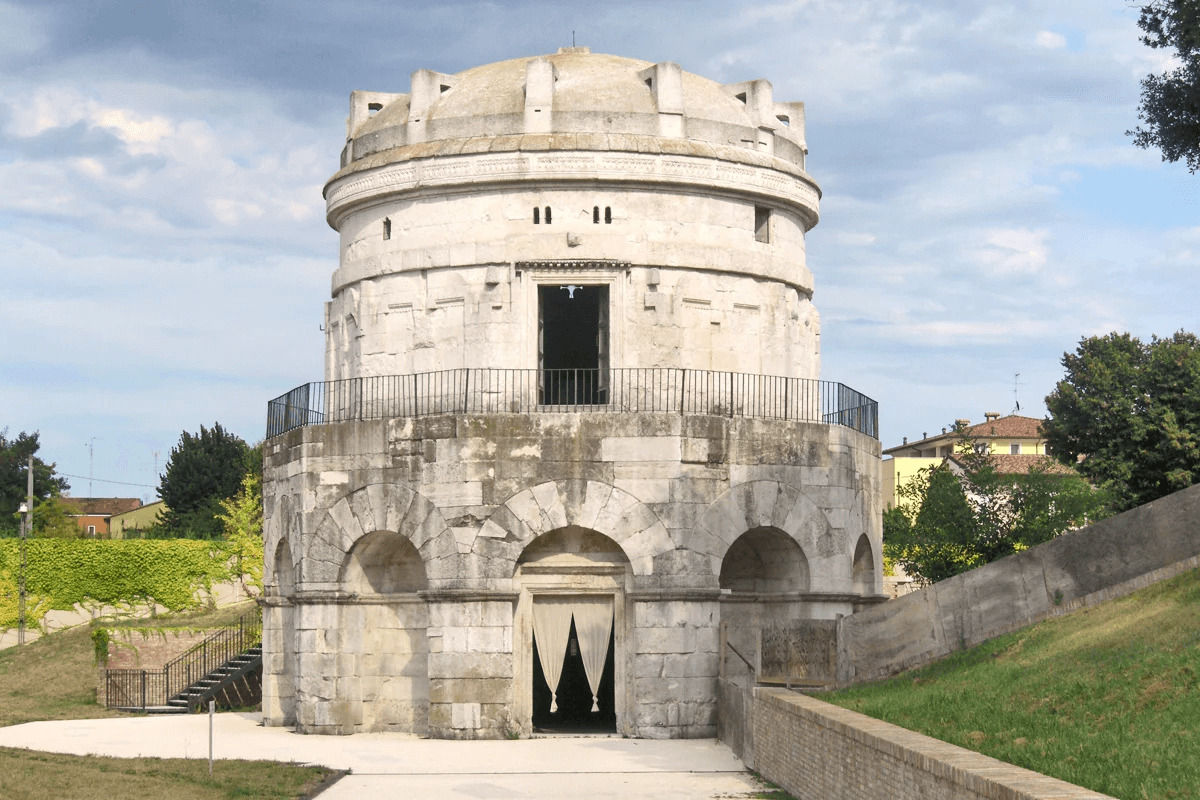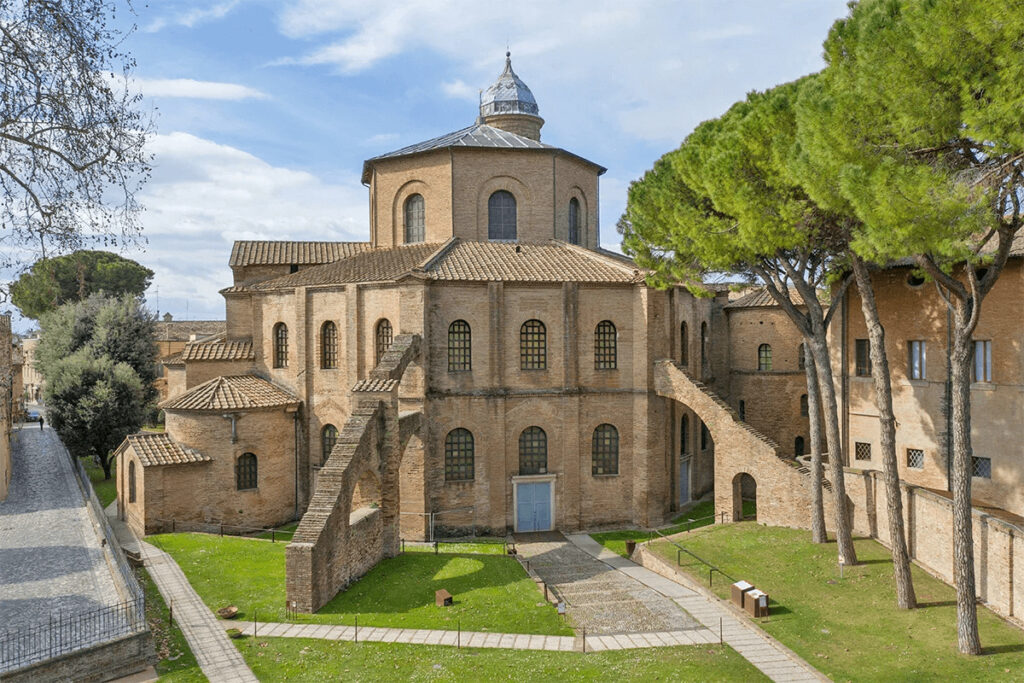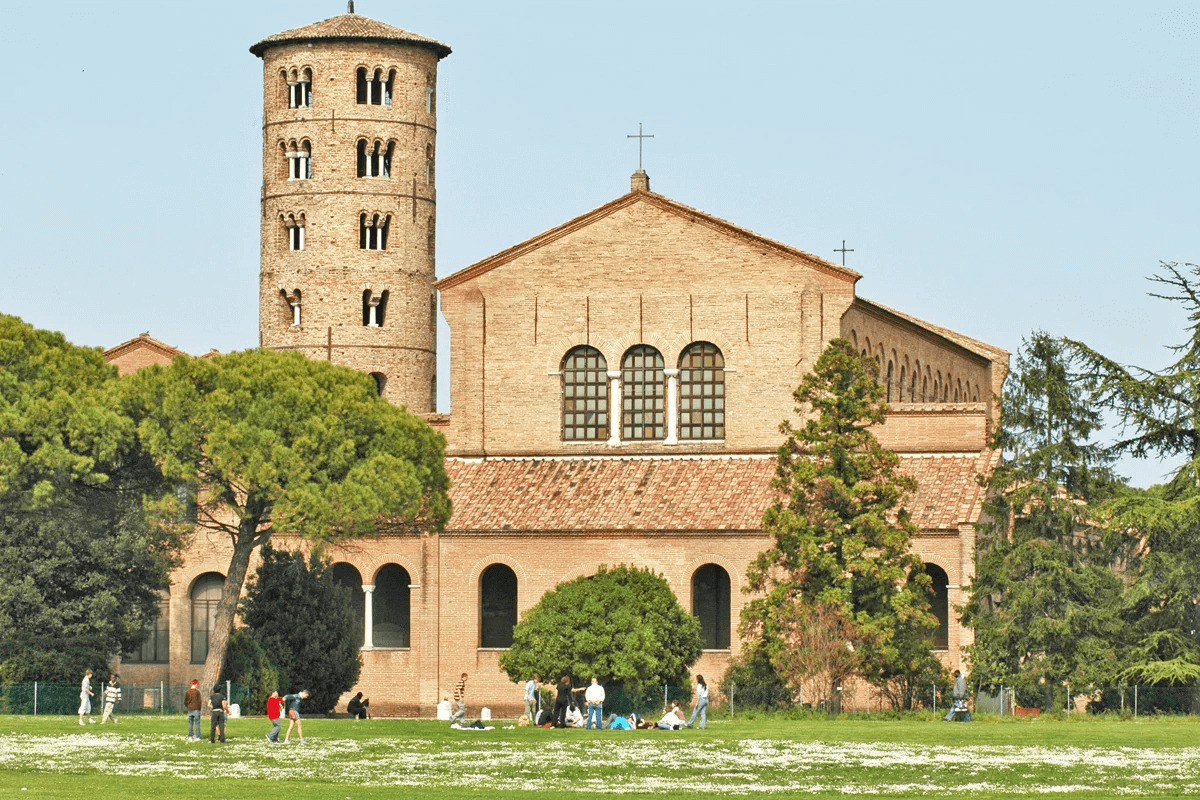Famous worldwide for its artistic treasures, Ravenna preserves the greatest mosaic heritage dating back between the 5th and the 6th century AD, decorating Early Christian and Byzantine monuments declared Unesco World Heritage.
Eight Unesco monuments bear witness to the greatness of Ravenna over time.
Eight treasures tell the story of a territory and city that became capital for three times – of the Western Roman Empire, of the Ostrogothic Kingdom (493-553) and of the Byzantine Empire (568-751).
Eight buildings of worship reflect the most significant political and religious events that marked the end of the ancient world, bear witness to that dense network of artistic personalities, exchanges and cultural relationships, that laid the foundations of today’s Europe.




